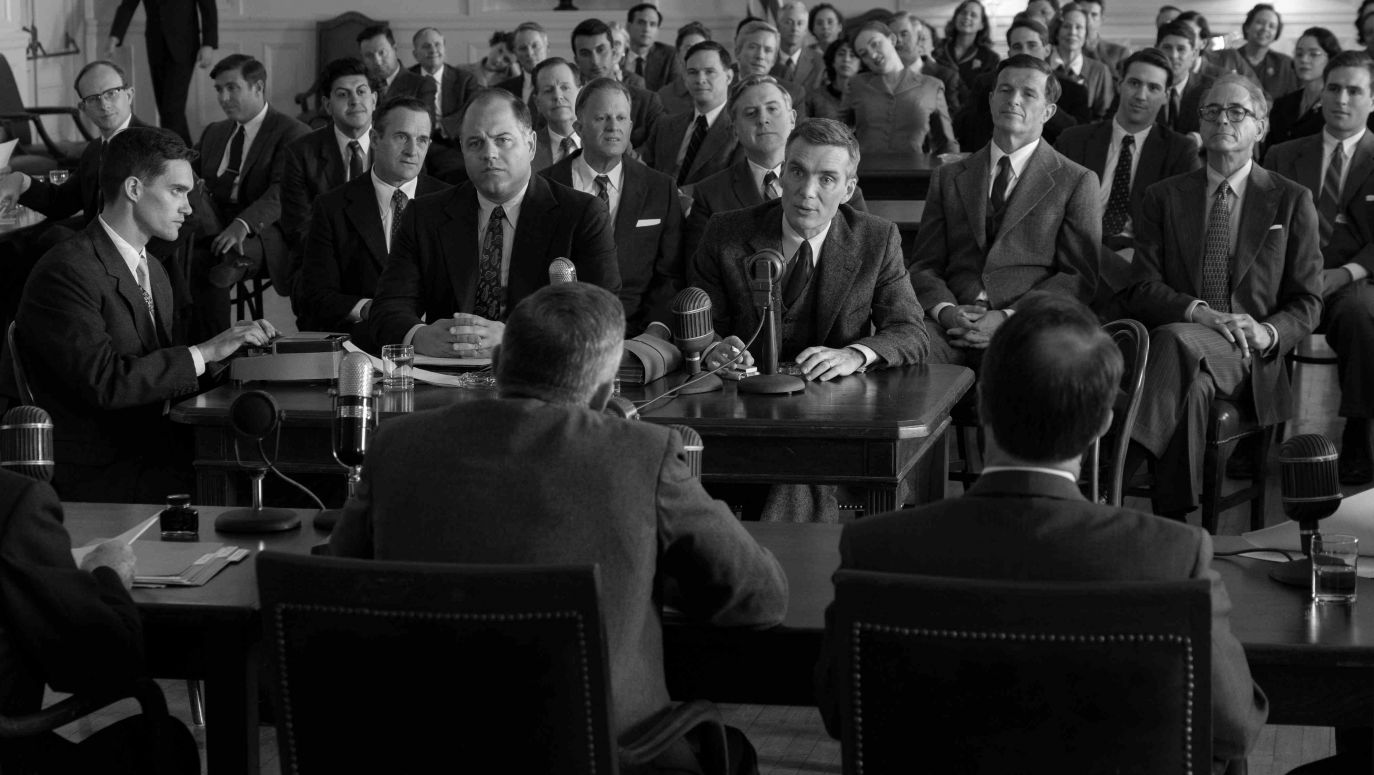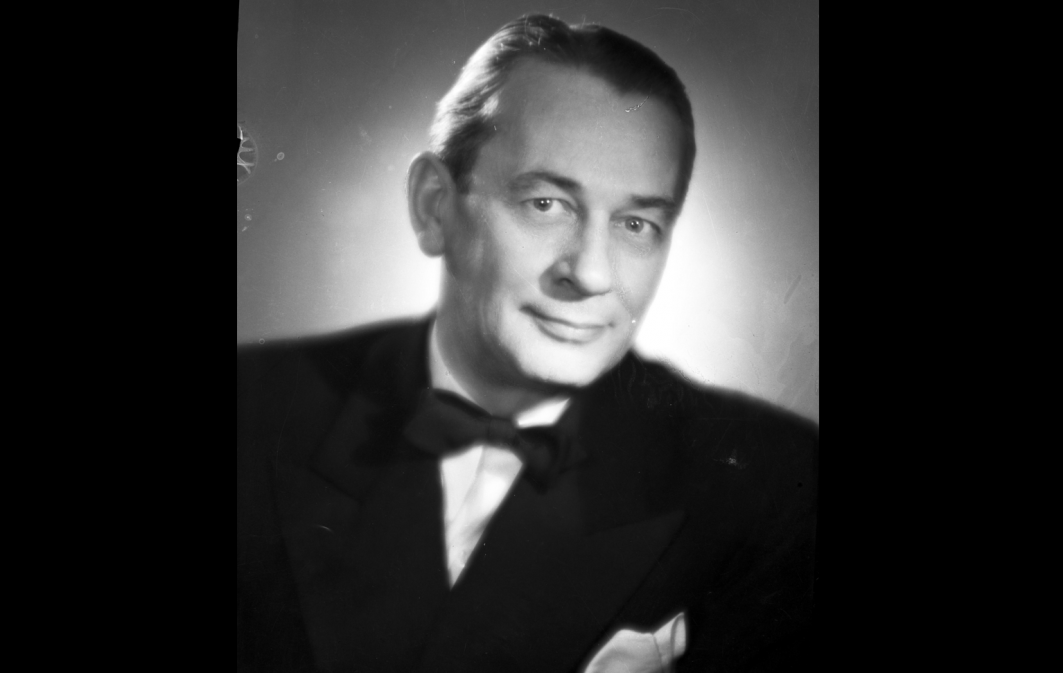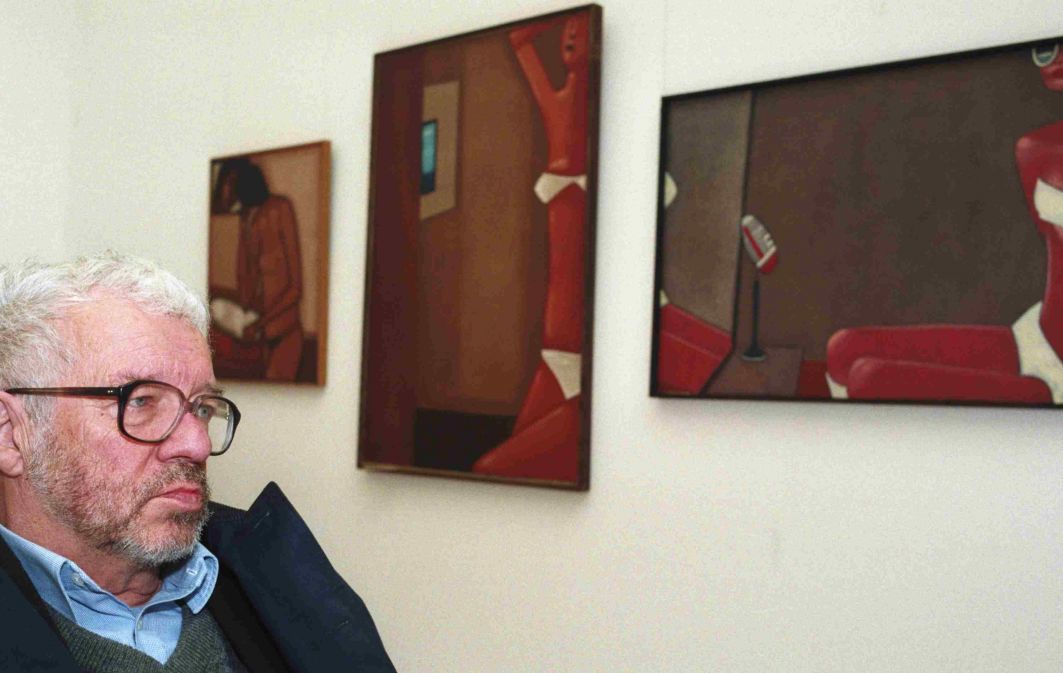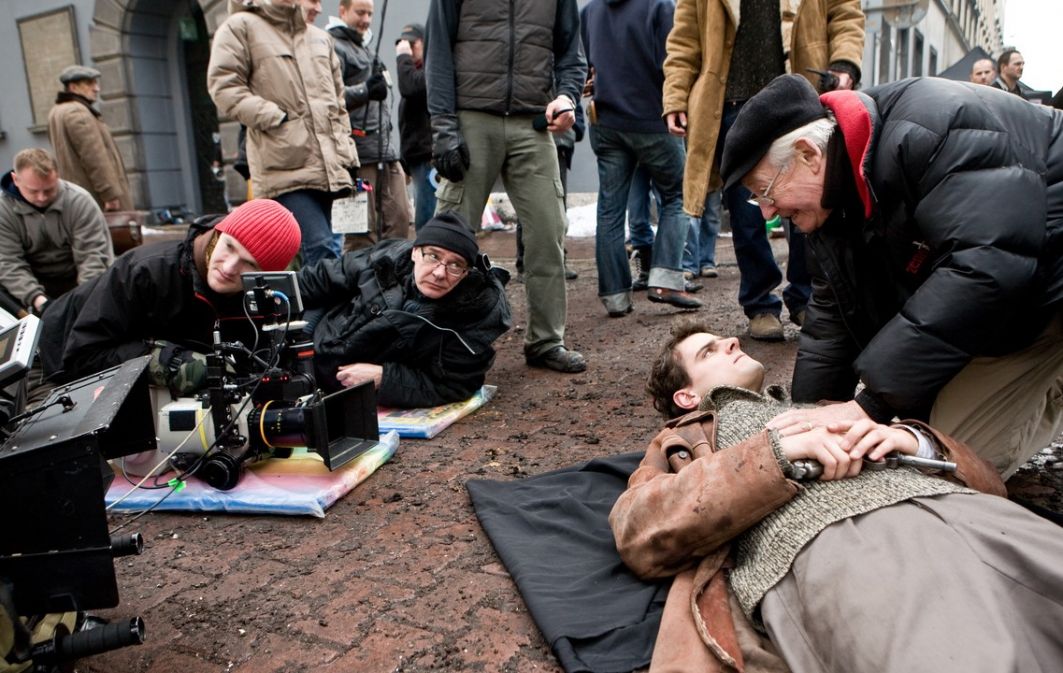Under Eisenhower, Oppenheimer wrote an article in
Foreign Affairs in February 1953, right at the beginning of Eisenhower’s presidency, recommending a halt to the nuclear arms race. In that article, he compared the USA and the USSR to two scorpions locked in a bottle. Each could kill the other, but at the cost of its own life.
Eisenhower initially seemed to agree with Oppenheimer. At the time, Oppenheimer was the chairman of the General Advisory Committee of the Atomic Energy Commission. But opposition followed. Congressman David Borden forwarded an FBI dossier on Oppenheimer along with an opinion that he might be a Soviet spy and the source of atomic leaks. This became the reason for the investigation by a special committee formed by the Atomic Energy Commission. Eisenhower sought this format, not wanting the famous Senate committee of Joseph McCarthy, which, regardless of reasons or lack thereof, did not respect secrets and often caused trouble for the administration (McCarthy was a Republican).
True, Borden’s accusations were unfair, and the committee’s proceedings were inquisitorial, partially based on classified documents. Oppenheimer had limited opportunities for defence. Although Nolan partly attributes inconsistency and naivety to him, in those long sequences of gruelling interrogations, he tries to evoke sympathy for him.
Strauss was right
Let me say it again: that time had its pathologies, the McCarthy committee acted blindly and not always justly. Possibly, this committee did so as well. But the truth is that Oppenheimer was wrong. In that sense, removing him from national security was a good idea. The highly forced arms race and America’s resulting technological advantage saved the world from Soviet domination. And you won’t learn this from the movie.
Similarly, we won’t learn that Oppenheimer faced the risk of losing access to classified data and thus his position in the Atomic Energy Commission. If a Soviet state official of similar rank and function started sharing his doubts about the sense of the arms race with Stalin, he would have been executed. In the times of Stalin’s deputies, he probably would have faced civil death.
As Oppenheimer’s antagonist, initially hidden, later open, Admiral Lewis Strauss is portrayed. A highly interesting character, also Jewish, son of a shoe salesman who rose to his position through hard work. A self-taught man with a perfect knowledge who became rich and later a state official. Under Truman, this Republican was a member of the Atomic Energy Commission. Under Eisenhower, he became its chairman. “The Russian government, an atheist government, will have no moral inhibitions to develop new types of weapons,” Strauss warned, advocating for the “Super bomb” (i.e., the hydrogen bomb). The film depicts him as a man offended by his rival’s alleged undermining of his authority among scientists and, in retaliation, he initiates a conspiracy against Oppenheimer.
Perhaps these motives were at play, and Strauss’s methods may have been regrettable. But it was also a serious clash of opinions that cannot be reduced to mere personal vendettas. And now I may offend tearful pacifists: Strauss was right. At least he had more reason than the physics doctor who, in the end, is crushed by him, though his own history also affects Strauss’s career blockage.
My goal is not to discourage anyone from watching Nolan’s spectacular, terribly long, but emotion-filled film. However, it just so happens that we know the endings of this and other similar stories. While McCarthy-era warriors committed many wrongs driven by party or community hatred, we know that the history of Cold War America speaks to the merits of risk in relations with the Soviets. Risks that may have seemed dangerous or morally reprehensible at the time.
I am not here to defend one party; there was a relative consensus on such matters in the USA – after all, I defend Truman, a Democrat, as much as Strauss, a Republican. It seems that Hollywood, even in its more original productions, cannot break free from certain patterns. And not just Hollywood. The film is an American-British production, and Nolan himself is British. In fact, this applies to the elites of the entire West.
– Piotr Zaremba
TVP WEEKLY. Editorial team and jornalists
– Translated by jz
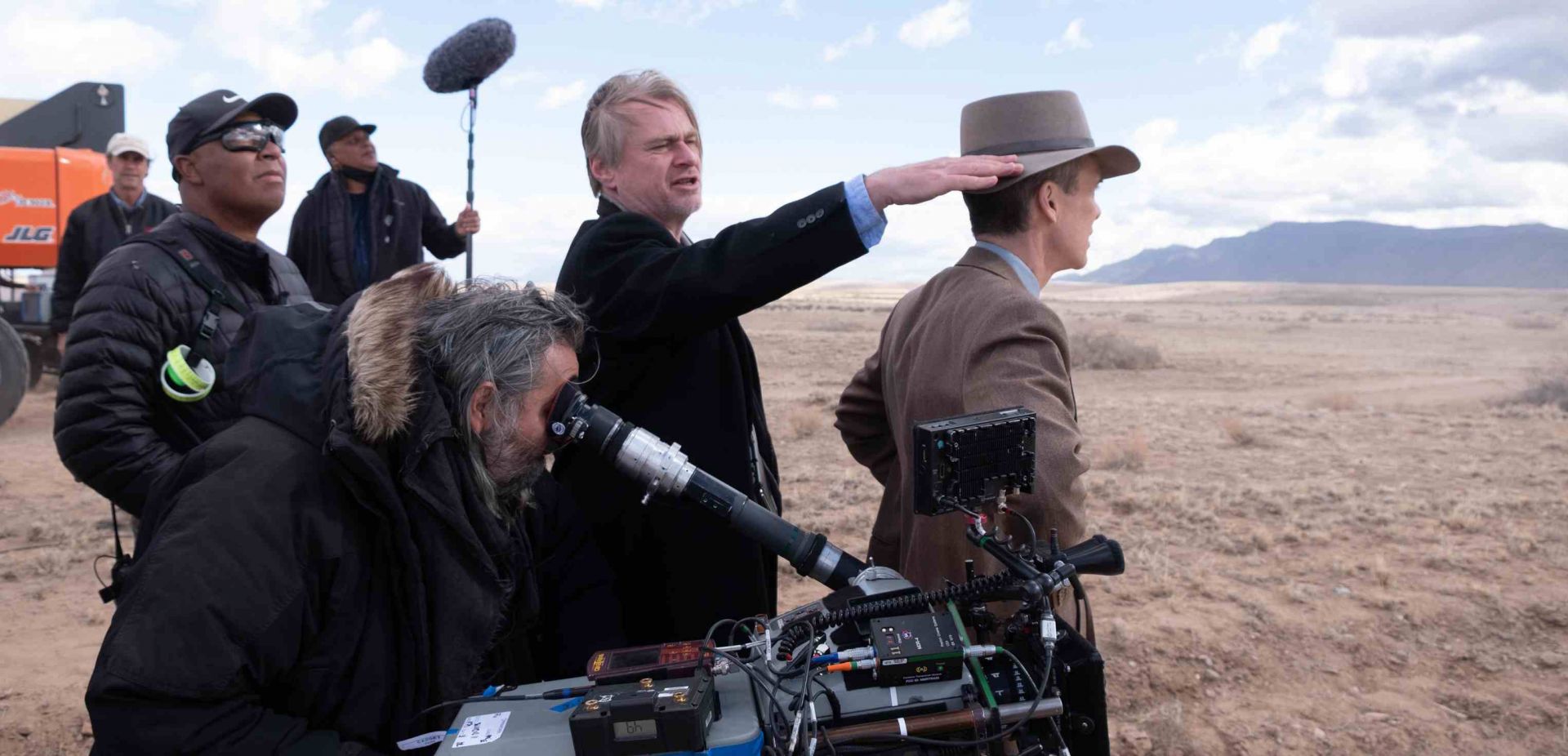
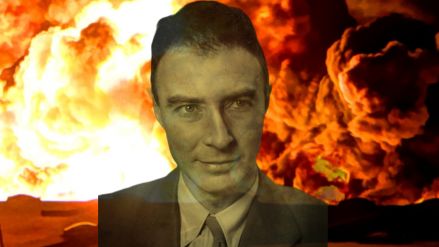
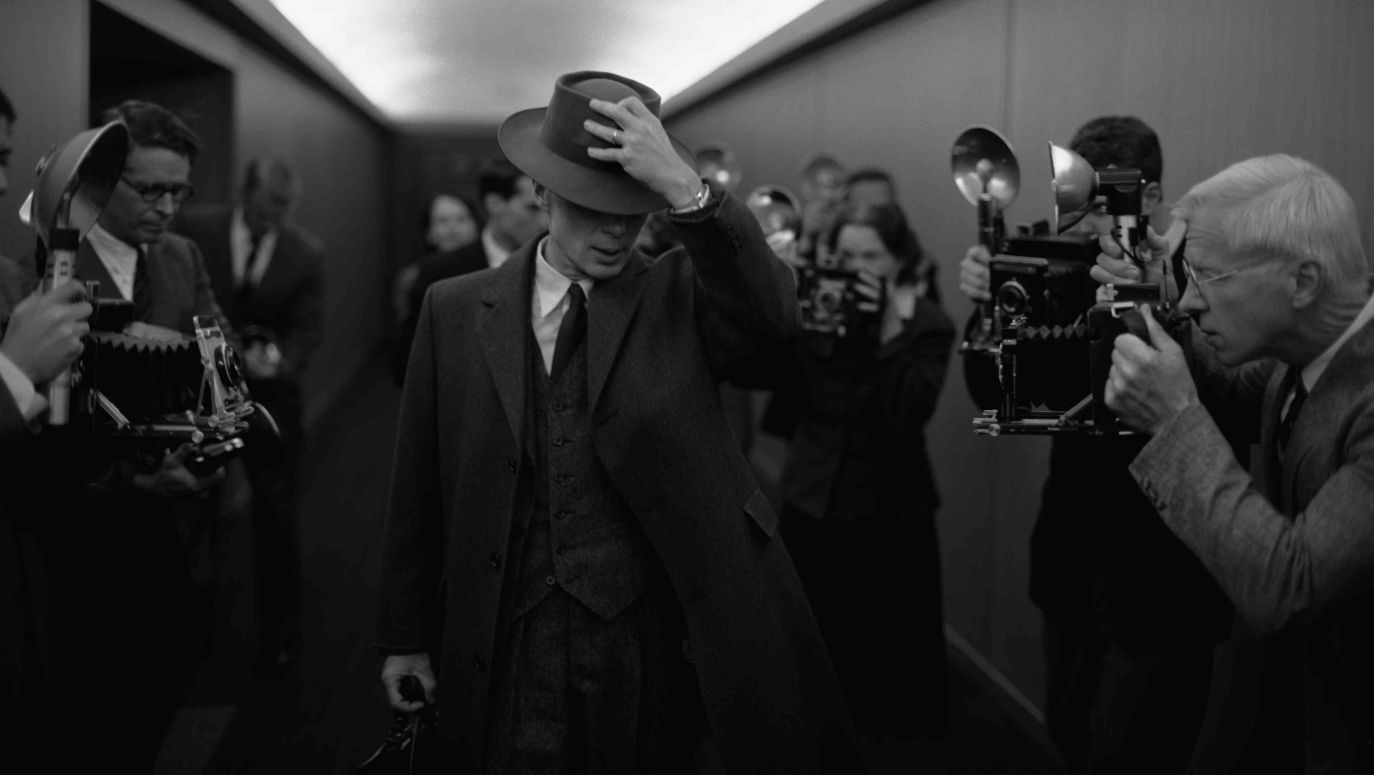
 SIGN UP TO OUR PAGE
SIGN UP TO OUR PAGE 
